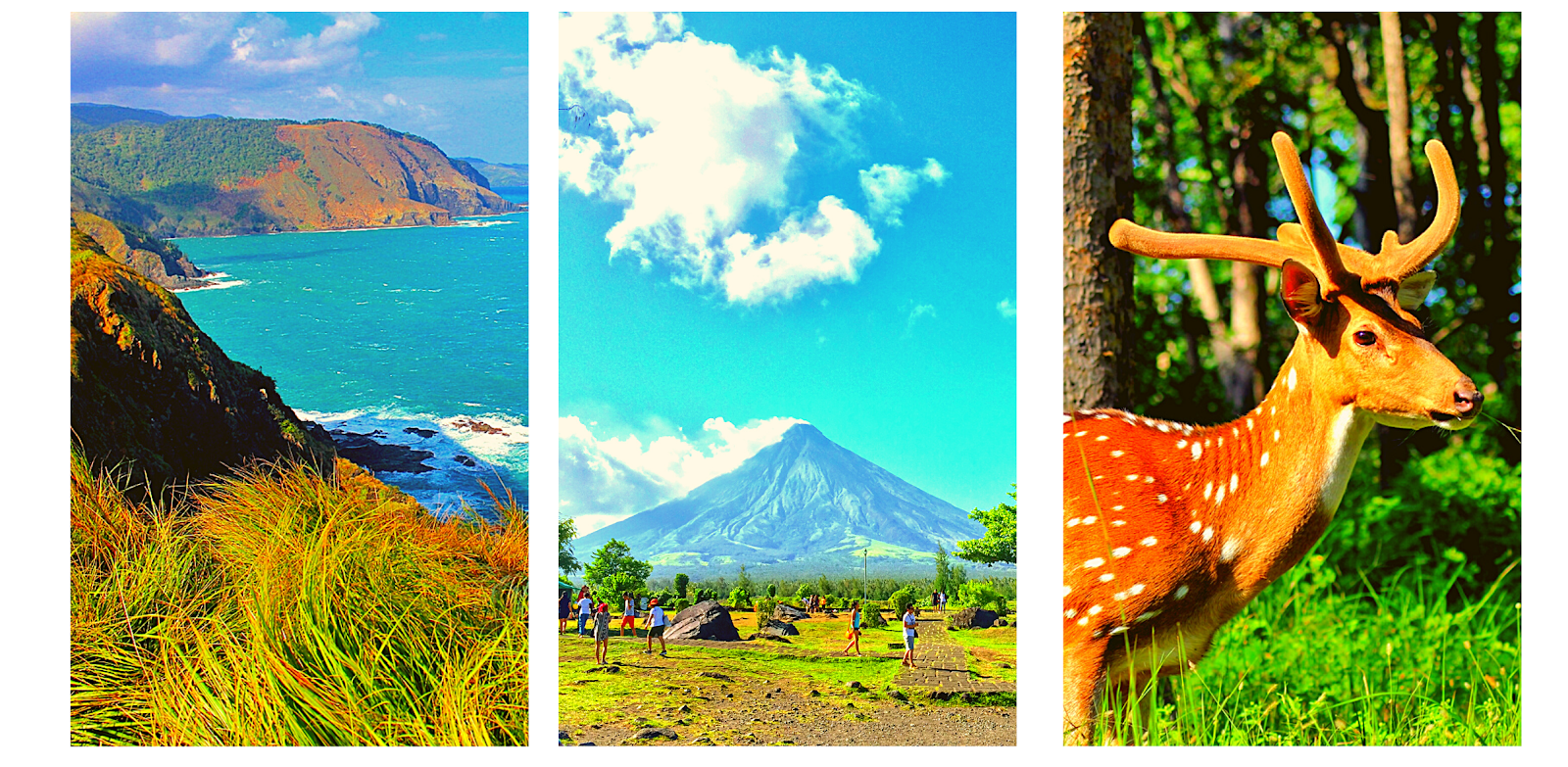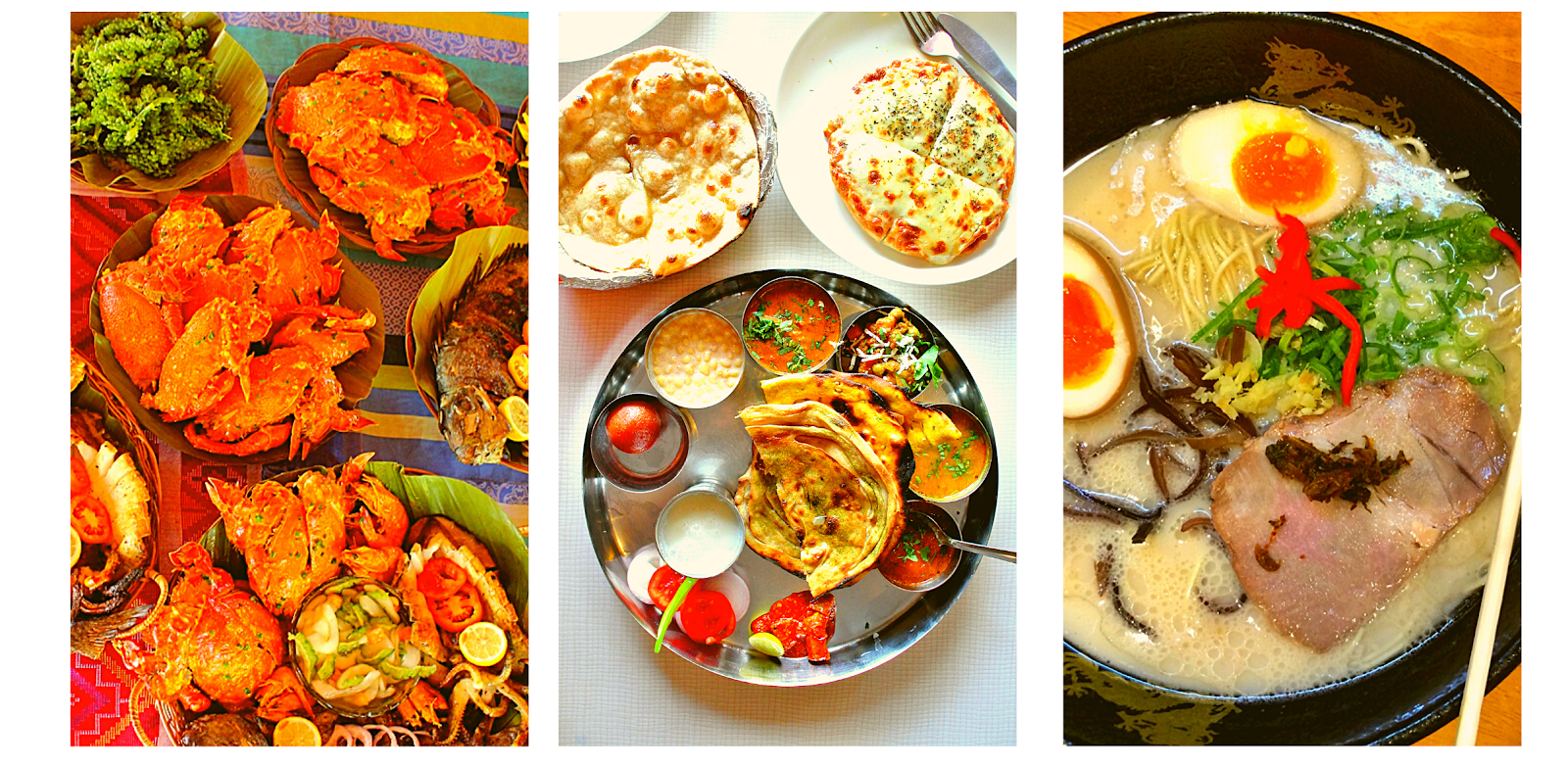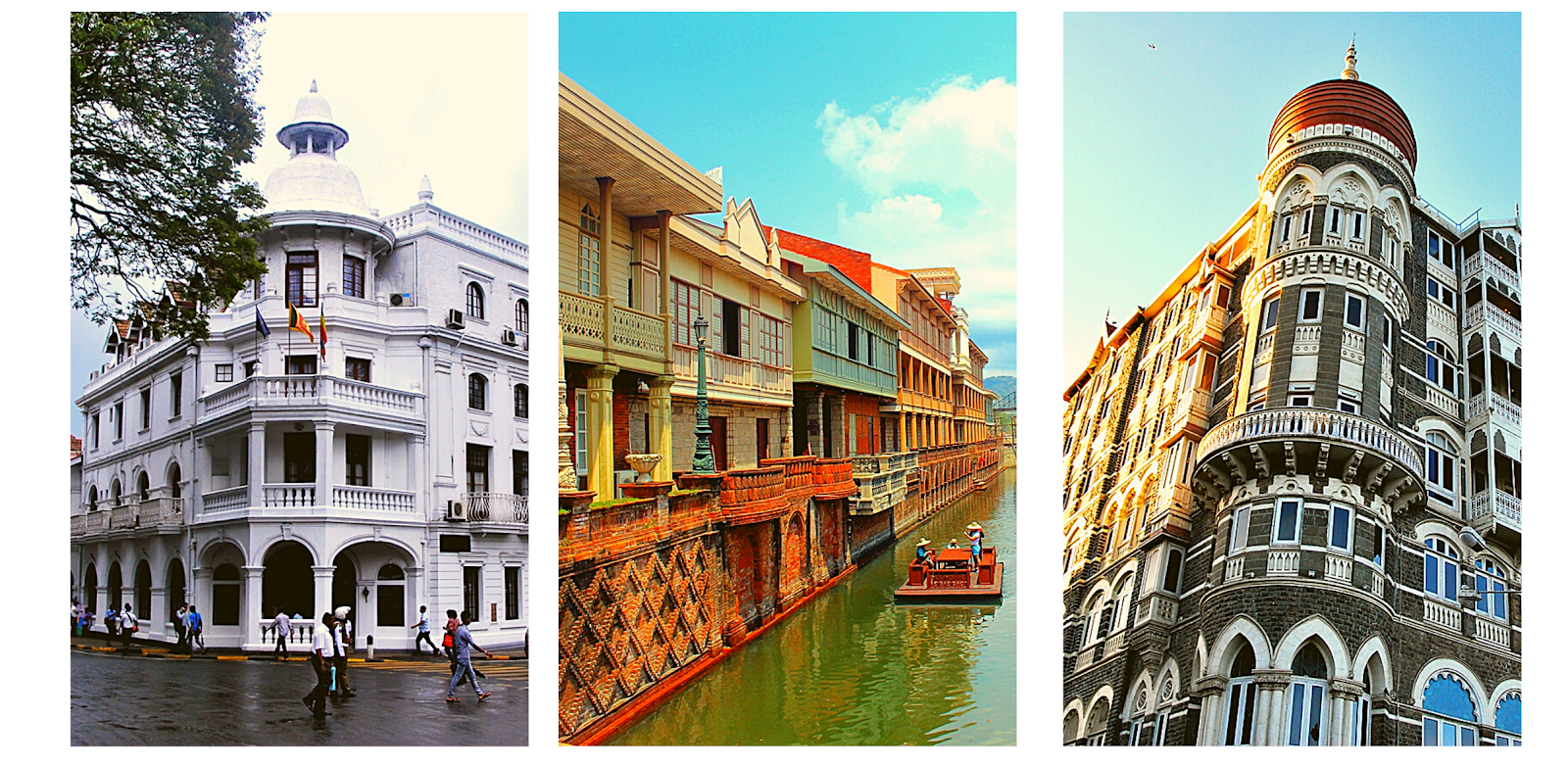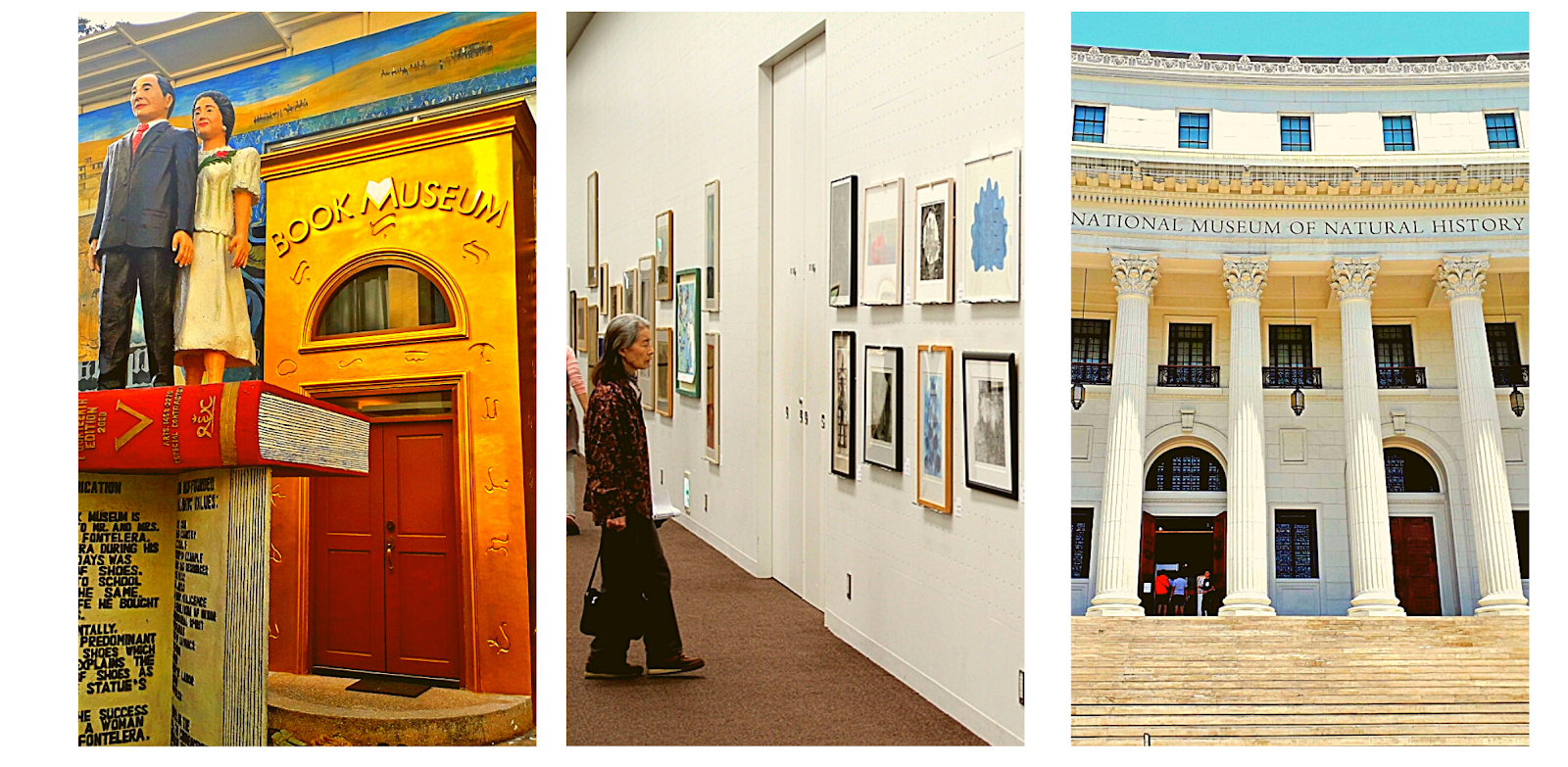There's something special about historic residences that have kept their elegance over the years, or in the case of Casa Gorordo, decades. The lower floor of this ancestral property not only preserved its basic architectural form intact, it also serves as a museum housing antiques from the glory days of Cebu's Parian neighborhood, where it is located.
 |
| A lovely garden welcomes visitors to Casa Gorordo |
The Parian area, located one km from the Minor Basilica of the Holy Child of Cebu, is one of Cebu's oldest and was formerly a stronghold for Chinese traders who arrived from Fujian, China beginning in the 16th century.
First Time’s A Charm
Despite my frequent visits to Cebu City, this is the first time I had set foot inside Casa Gorordo. It was the part of our itinerary that piqued my interest the most, and finally, on the day before the Regional Travel Fair (RTF) in Cebu City, we went on a city tour of Cebu, giving me my first look of this residence I'd heard so much about.
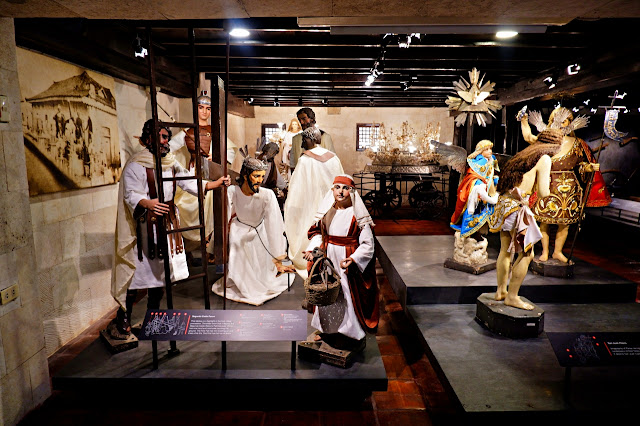 |
| These Catholic Icons are just some of the displays inside the museum. |
The home was originally constructed in the 1850s by Alejandro Reynes y Rosales before being sold in 1863 to a Spanish businessman named Juan Isidro De Gorordo, after whom it was named. Since then, four generations of the Gorordo family have lived here, including the first Filipino Bishop of Cebu, Juan Gorordo (1910-1932).
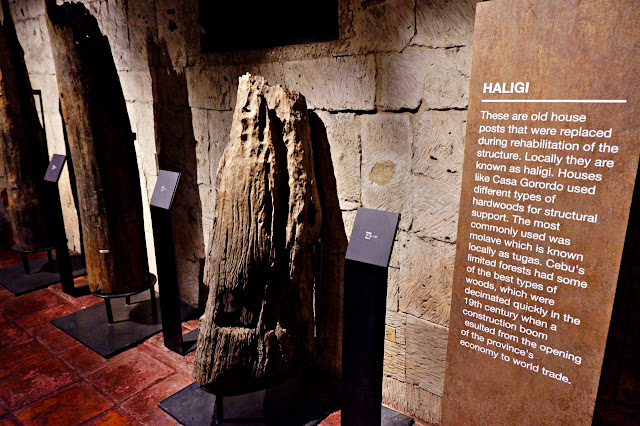 |
| Remains of an old house's haligi |
The interior and design of the house underwent modifications to reflect changes in lifestyle and local culture until it was purchased by the Ramon Aboitiz Foundation (RAFI) in 1980 as part of its Culture & Heritage advocacy. It was then restored further and opened as a public museum. On September 24, 1991, the home was declared a National Historical Landmark after over 150 years of history.
 |
| One of the National Historical Landmarks in the country. |
Casa Gorordo is a good example of classic Filipino architecture blended with Spanish and Chinese influences. It carries the characteristics of a typical balay nga tisa, or a home with a tiled roof. It is sometimes referred to as a "mestizo" architectural representation because, like other Filipinos born with blended heritage, its architecture exemplifies the cultural and physical mingling of the east and the west.
 |
| Old farming tools |
The house opens up to a spacious courtyard with well-manicured lawns, a giant Talisay tree and spherical plant boxes leading to the museum on the ground floor. We were greeted by a museum guide who swiftly led us to the museum's exhibit while telling us about the intriguing history behind each relic.
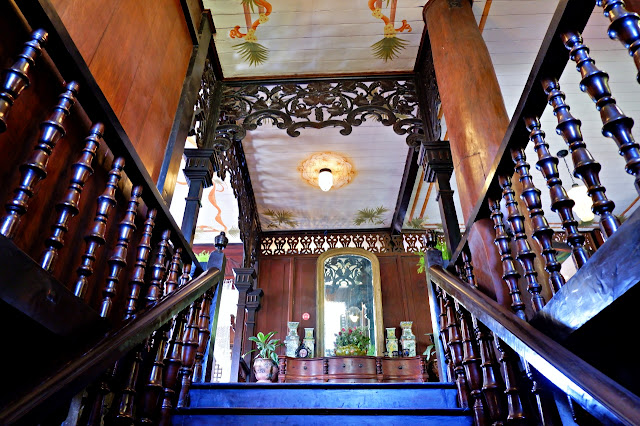 |
| Let's come upstairs |
According to her, the museum conjures the lifestyle of a family enduring the Philippines' transition from a colonial to a contemporary society. Stories from years past abound within its walls and items, waiting to be shared to each guest that pays a visit.
Arresting Interior and Furniture
From the ground floor’s hardened walls made of coral stones, we proceeded to the 2nd level that is mostly made up of narra wood sans nails but pegs and roofed with terra cotta tiles. The ceiling, as viewed from the staircase, immediately draws your attention as you make your way to the house's various rooms adorned with the finest antique furniture that epitomizes the actual ones used during Casa Gorordo's early days.
 |
| Its calling me to have a siesta |
The room’s wide windows you can open sideways commonly seen in most old houses, make each room so inviting that you just want to lie down on one of the beds and doze off in the middle of a gorgeous bright afternoon.
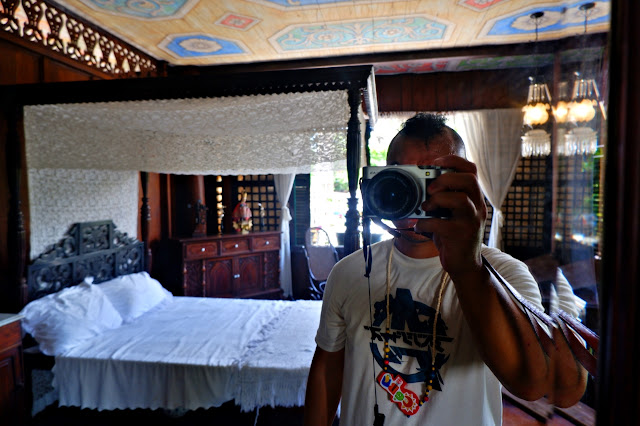 |
| Mirror nyelfie |
The prayer room and the library are another favorite of mine with the later displaying books from the 18th century as well as old copies of Jose Rizal's Noli Me Tangere and El Filibusterismo.
 |
| The Oratorio or Prayer room |
As our brief tour came to an end, I descended the other stairwell, which led to Bo's Coffee and a souvenir shop on the property. With a cup of coffee in hand and a couple of cats rubbing up against my legs, I stared at Casa Gorordo for one final time and envisioned it at its heyday, circa the 1860s. I imagined a world very different from the one we live in today.
 |
| Dining Room |
Klook.com



